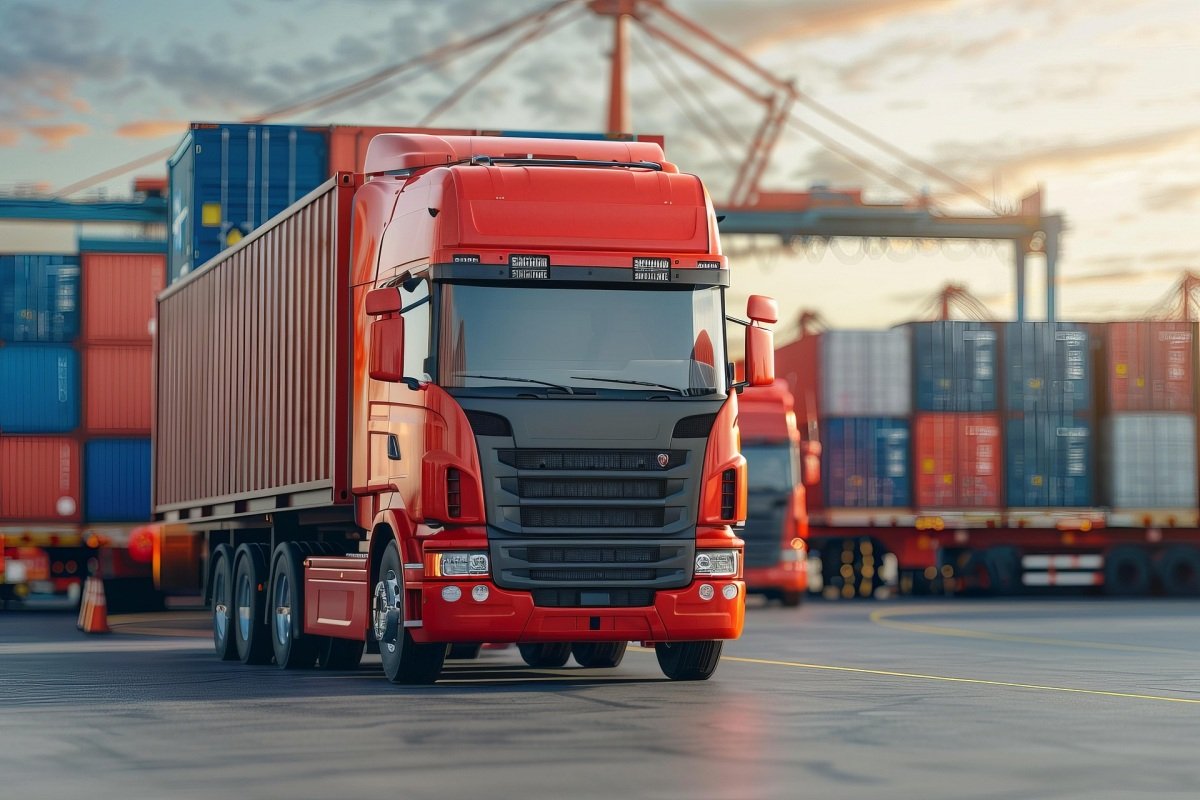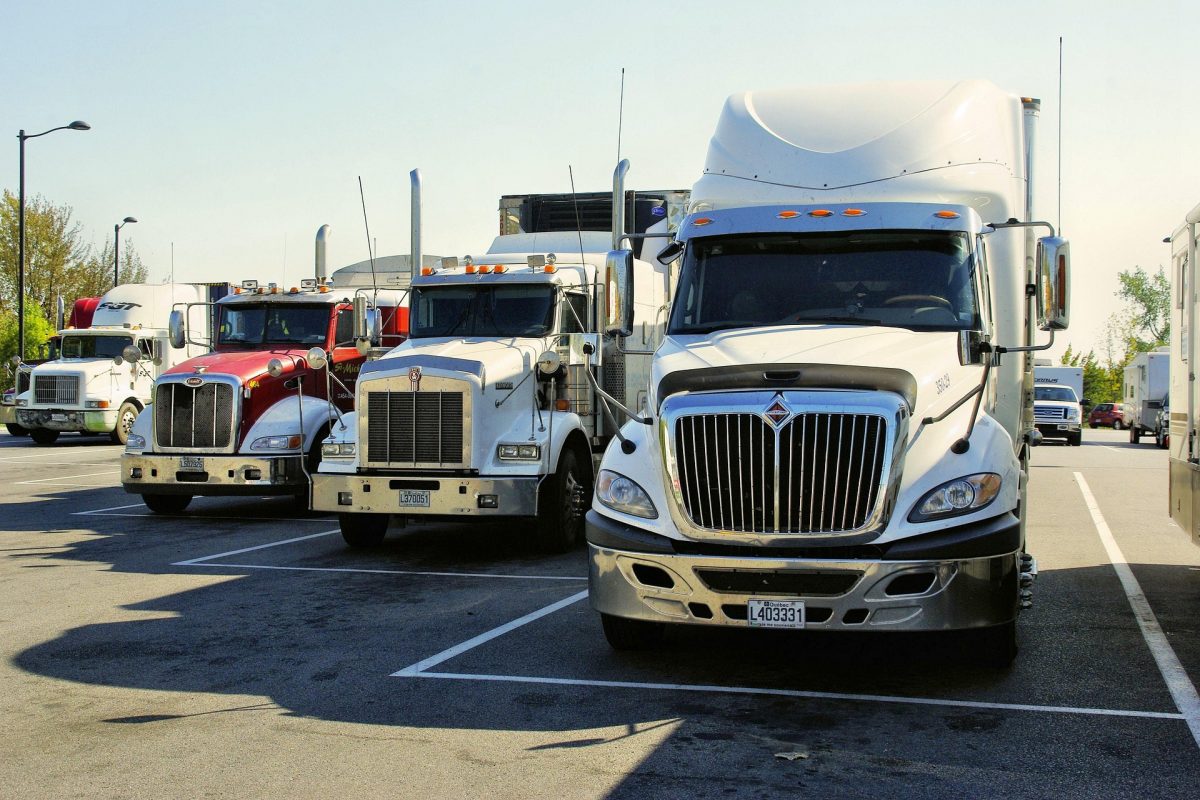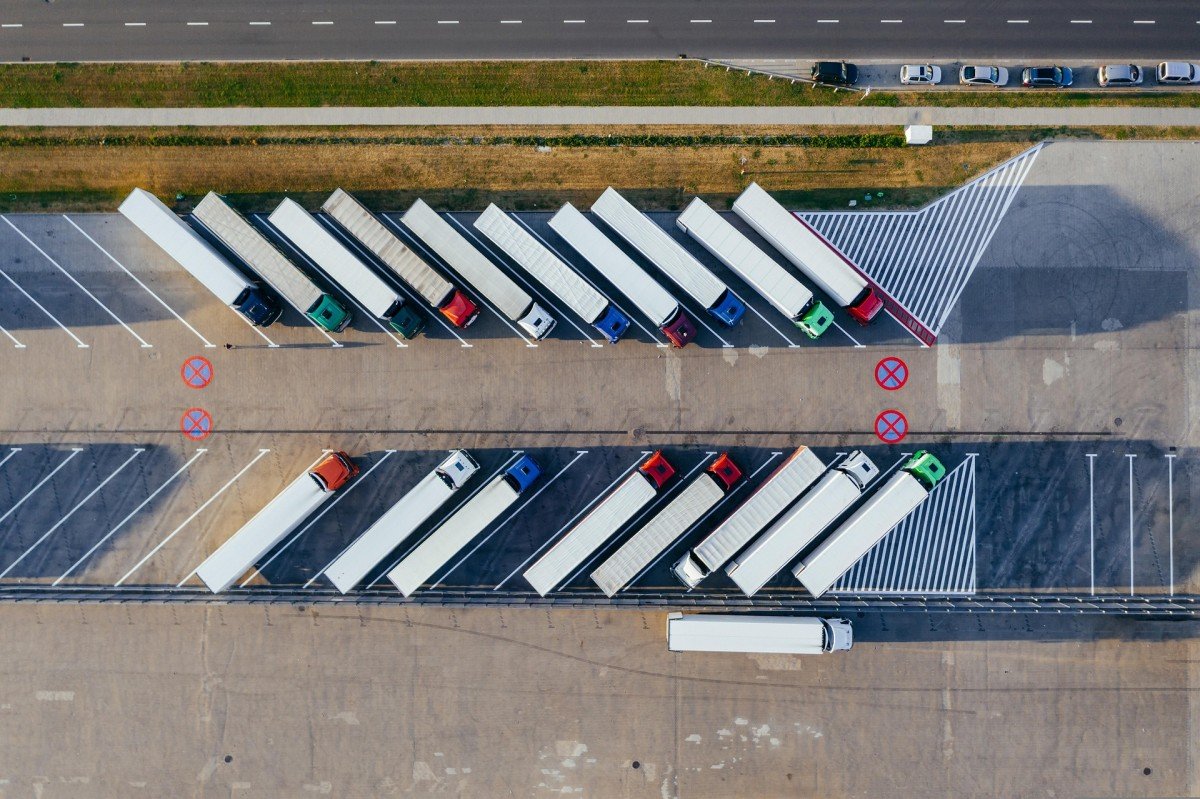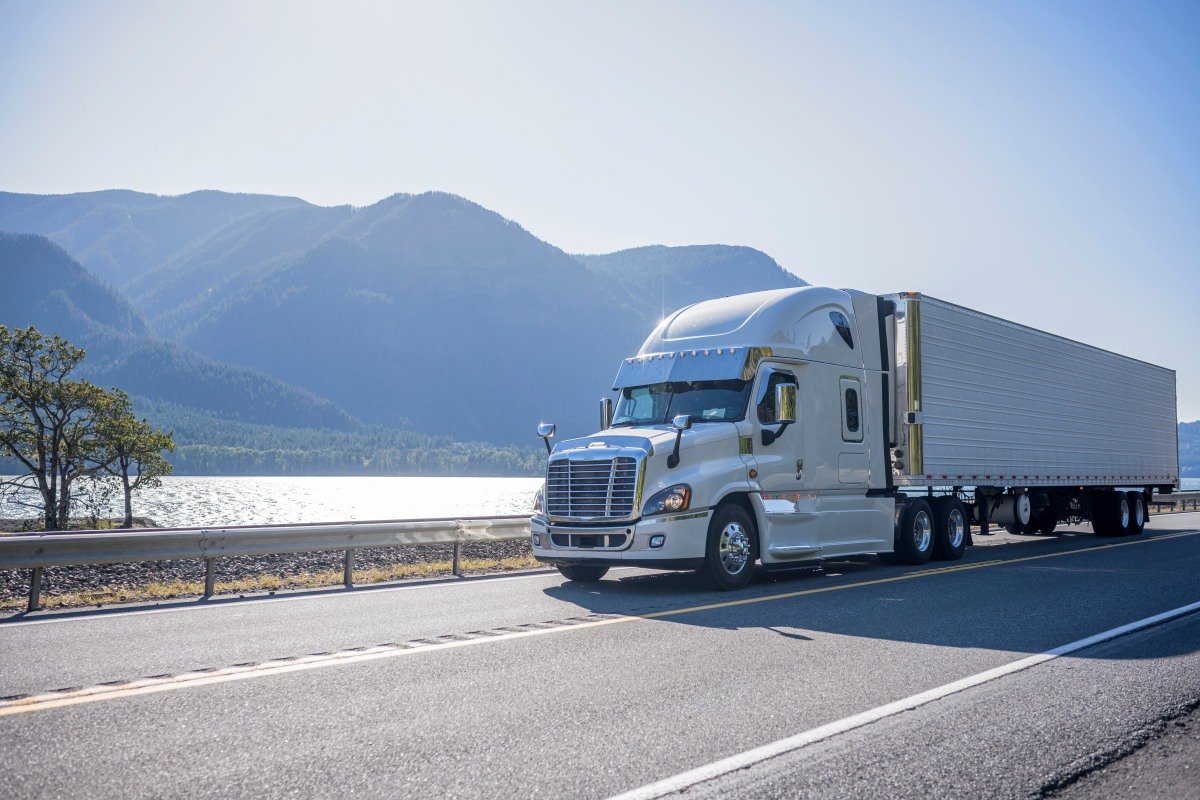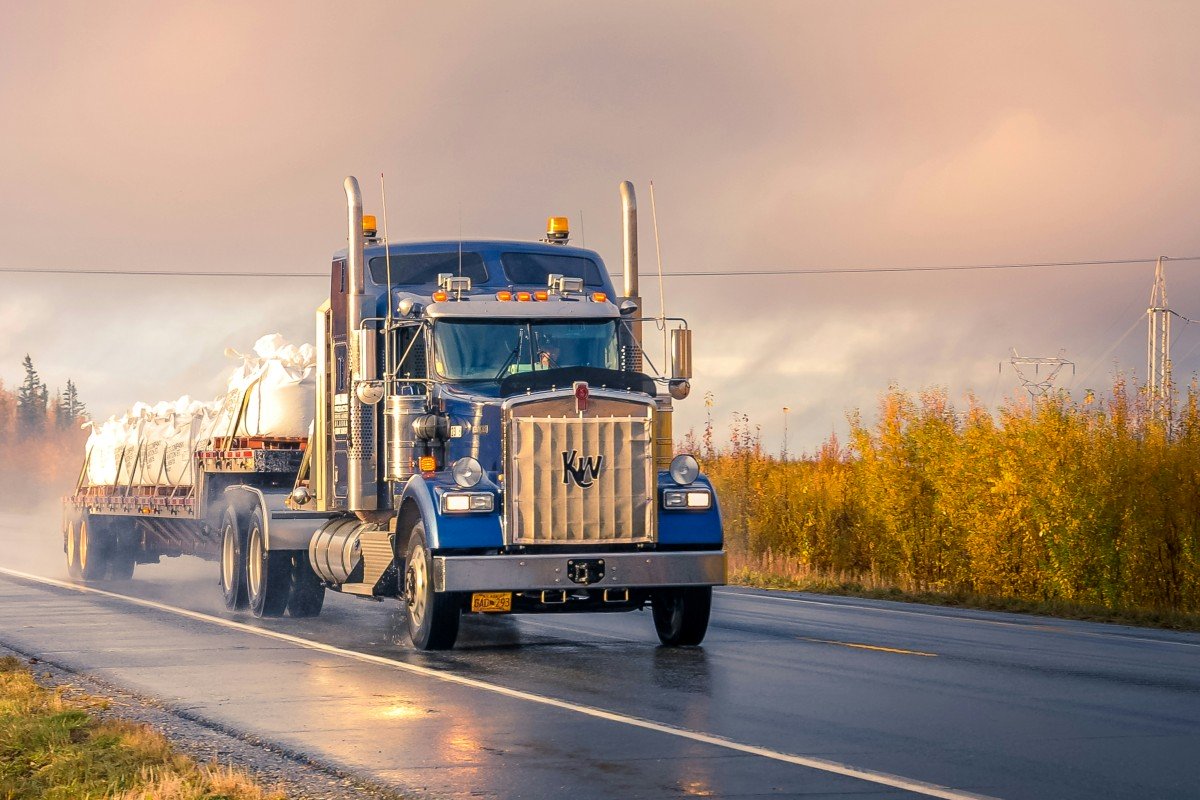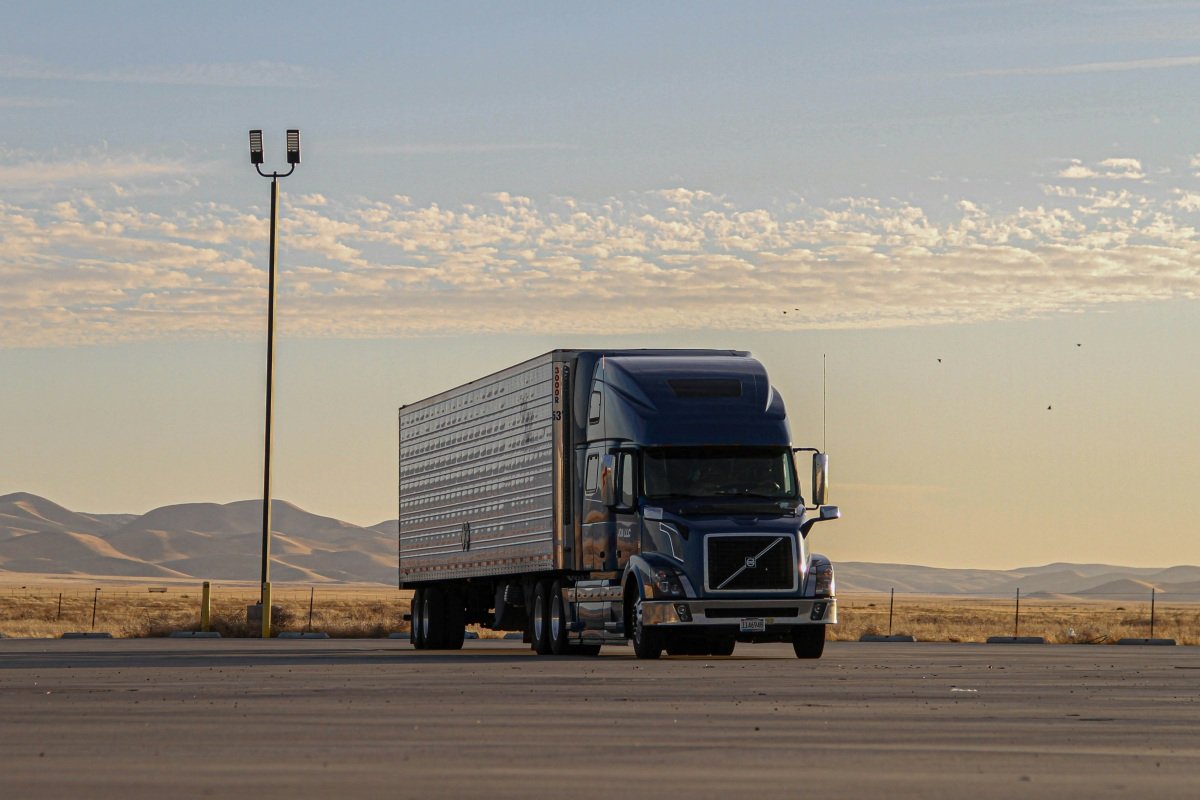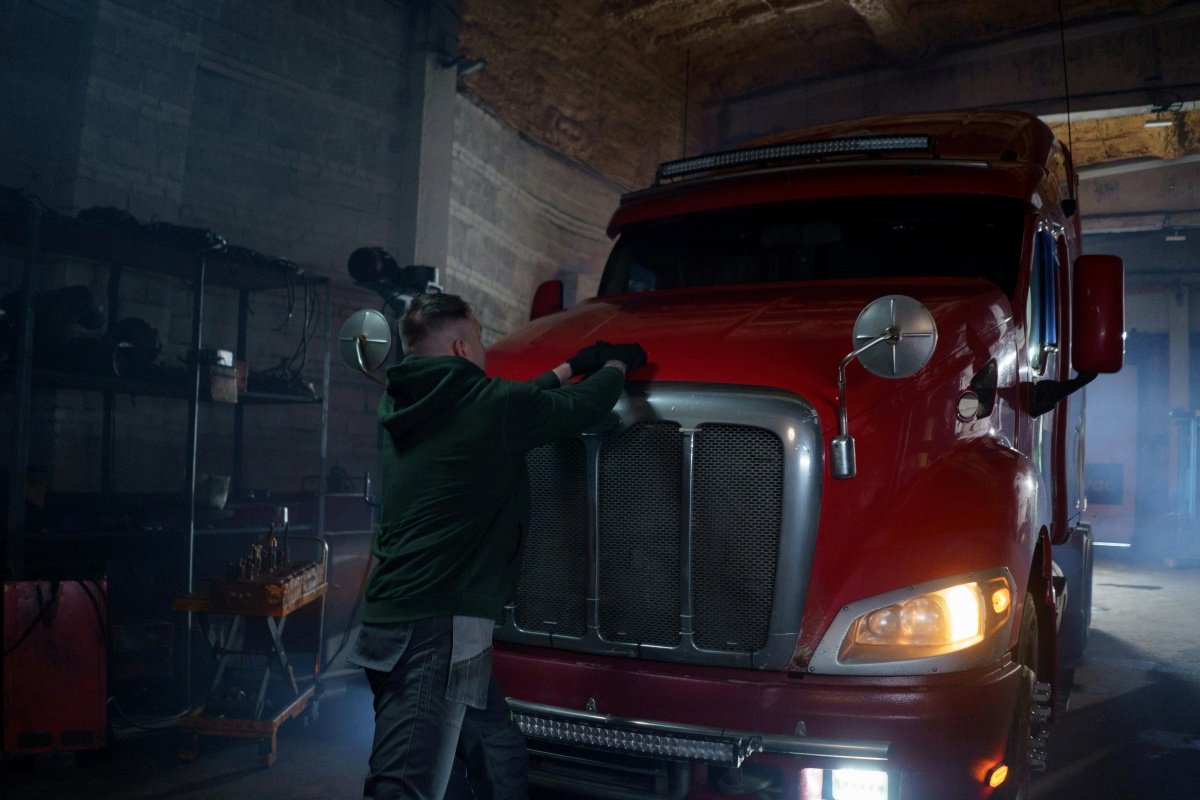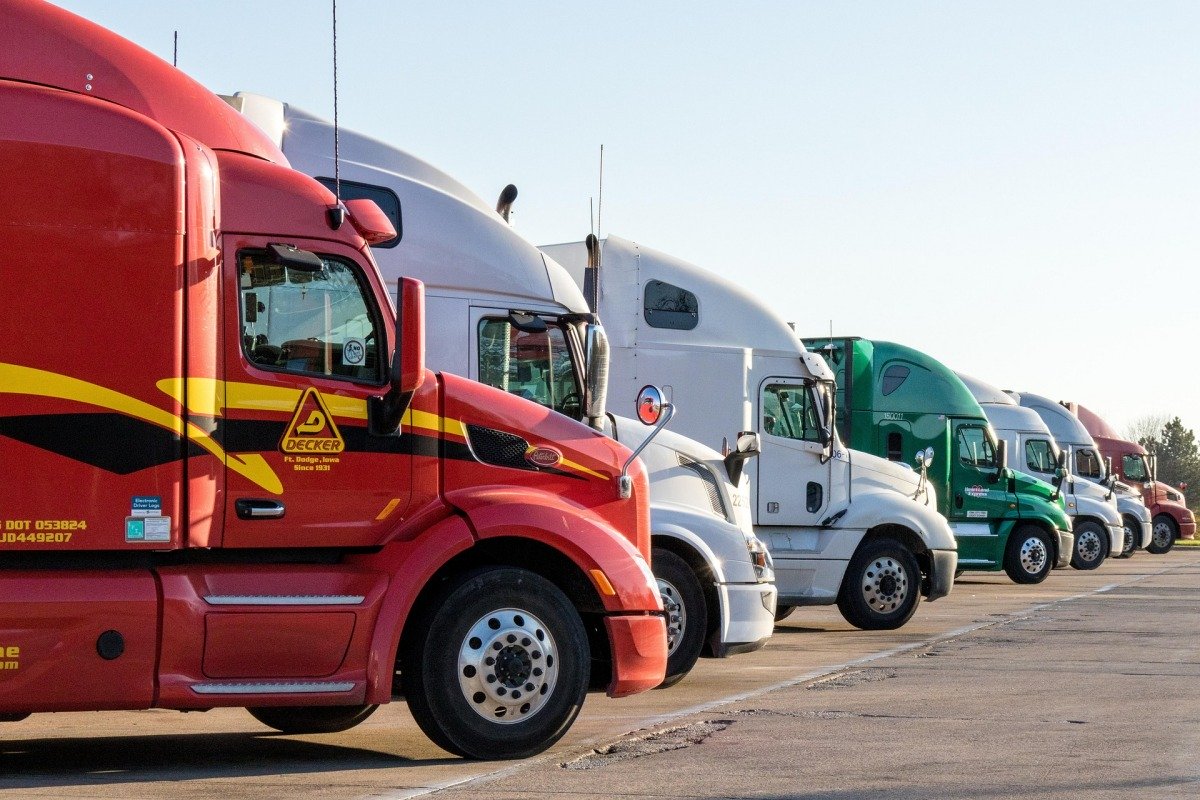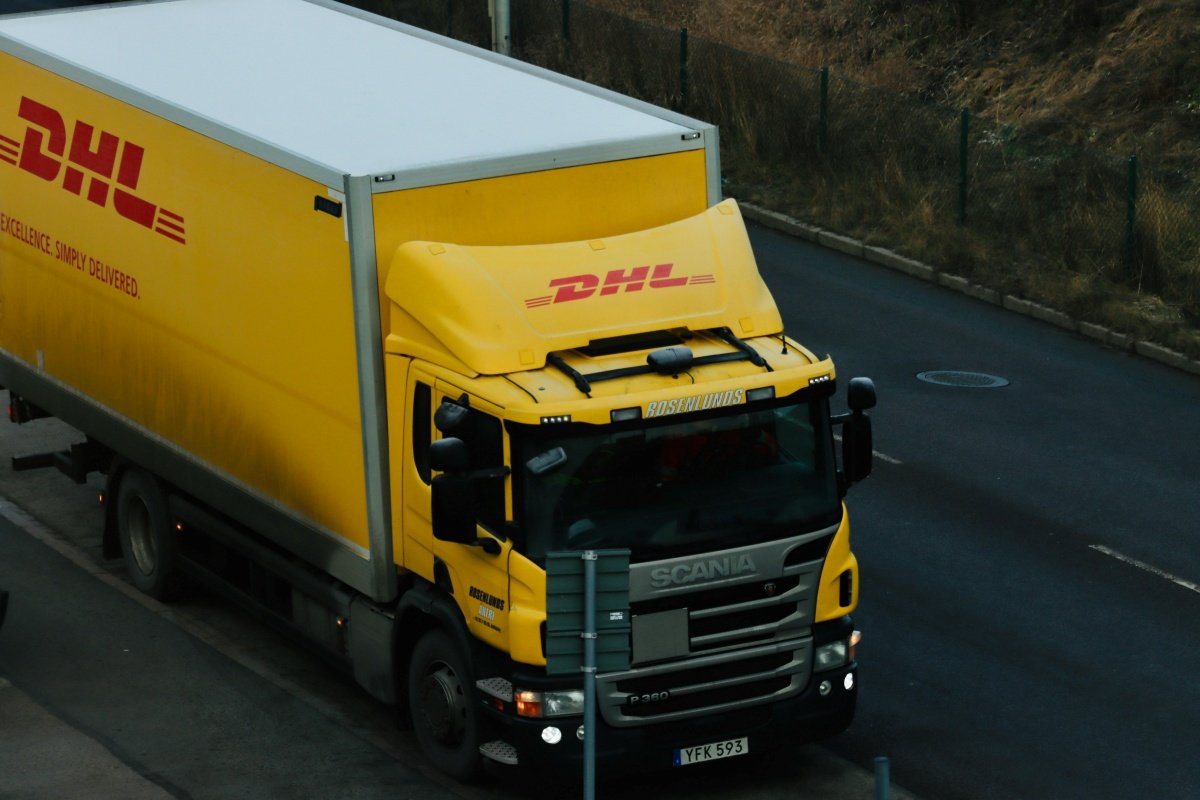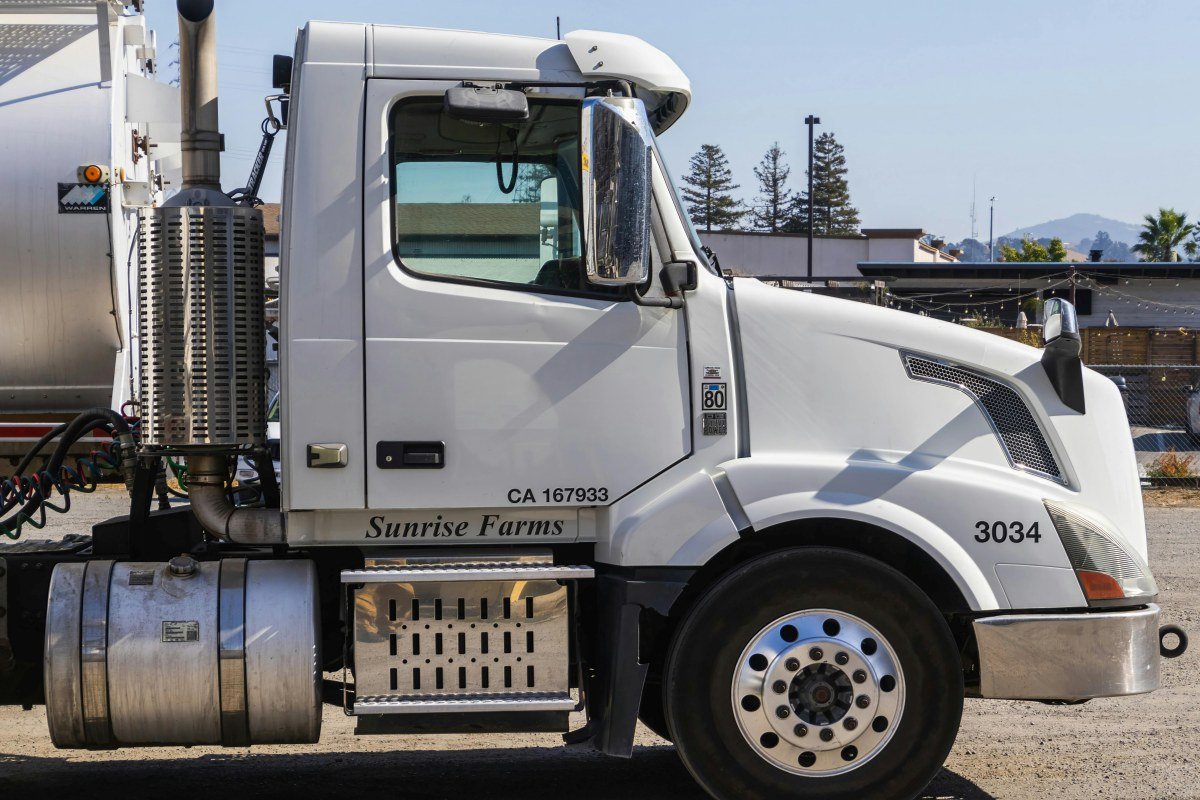Tariffs on truck parts, rising inflation, and new federal emissions rules are reshaping the commercial vehicle market in 2025.
For drivers and small fleet owners, the ripple effects are clear. Financing decisions are becoming more complicated, and the cost of owning and operating a truck may climb higher in the months ahead.
Let’s examine the impact of tariffs, inflation, and regulations on commercial vehicle financing. We’ll also bring in insights from executives and analysts who spoke at the MEMA Commercial Vehicle Outlook Conference, where these issues dominated the discussion.
What’s Happening With the Economy
Tariff-driven cost pressures are squeezing margins for both new trucks and replacement parts, even as freight volumes remain soft. High interest rates make loan payments more expensive, while shrinking real disposable income is leaving fleets with less cash flow to manage debt.
Freight demand has not recovered since mid-2022, when rates began falling from pandemic highs. Carriers are experiencing what analysts call a “freight recession” – a period of prolonged stagnation where revenue per truck falls, making it harder to keep up with payments.
At MEMA, ACT Research’s Kenny Vieth warned that inflation is reaccelerating, disposable income is slipping, and tariffs may have already “vaporized” nearly 1% of GDP. He pegged recession risk at 35%. Matt Wolfe of SAF Holland was blunter, saying carriers “aren’t making money” and predicting a tough 2025–26.
How Tariffs Are Driving Up Truck Costs
U.S. trade policy in 2025 has introduced new tariffs on imported materials and key components, raising costs across the supply chain. Parts made with steel and aluminum are especially affected. When these raw materials increase in price, so do brakes, frames, and electronic components.
Tariffs also impact the cost of new trucks. As input prices rise, manufacturers pass some of those costs to buyers. This leads to larger loan amounts and greater financial strain for drivers with limited credit.
Many U.S.-built trucks still rely on imported components. With tariffs raising costs and supply chains stretched thin, fleets are facing longer lead times and higher prices when critical parts fail. Older trucks staying in service longer also add to demand, which increases the chances of delays and unexpected repair costs.
MEMA speakers warned that tariffs are eroding U.S. competitiveness and creating instability.
Bain’s Jeffrey Crane cautioned they could realign global trade patterns, noting that if the U.S. trade deficit shrinks materially, net exporters worldwide will scramble to find new markets. This would create ripple effects far beyond American borders.
Meanwhile, Bendix’s Nicole Oreskovic said USMCA uncertainty is paralyzing investment decisions: “We’ve got plans in place. We’re not taking any drastic measures, though, until we see how this unfolds in the next six months and stabilizes, because there’s a significant cost to those types of moves, right? We want to make sure that we’re doing it strategically, not just reacting to the latest tariff headline.”

New Emissions Rules and Clean Truck Regulations
The Environmental Protection Agency (EPA) has finalized Phase 3 greenhouse gas standards for heavy-duty vehicles, which will apply to tractors and vocational trucks starting with model year 2027. These rules tighten CO₂ emissions limits and add new monitoring and compliance requirements, potentially raising equipment costs.
Phase 3 builds on earlier standards under the Clean Trucks Plan. For buyers, this means factoring emissions technology and compliance costs directly into operating expenses.
However, regulatory volatility remains. State-level programs, like California’s clean truck rules, could apply stricter standards or require different waivers, creating risk around when to place orders.
More immediately, the EPA’s low-NOx rules (expected to be announced by late 2025) could trigger pre-buying activity as fleets rush to place orders before 2026 model year deadlines. Vieth predicted this pre-buying wave could create a temporary spike in orders during Q4 2025.
On the vocational side, demand has already cooled after the EPA announced in March that it was reconsidering its Clean Truck program, eliminating stimulus programs that had driven purchases.
For first-time buyers and small fleets, this regulatory uncertainty makes financing and growing trucking businesses more challenging. Investing in cleaner technology may pay off long term, but waiting could bring short-term savings.
Yet, some executives remain optimistic about emissions technology itself. Hendrickson’s Jeff Zawacki emphasized that the technology is already market-ready and believes suppliers will bring it to market regardless of mandates, driven by customer demand.
Oreskovic noted that while EV investments have slowed, electrification remains inevitable. The challenge, as SAF Holland’s Wolfe put it, is that shifting regulatory timelines make business planning difficult.
How This Affects Financing for Trucks and Fleets
When the costs of new trucks, parts, and compliance are rising, financing becomes more expensive and riskier.
- Larger loan amounts: If a new truck’s base price increases because of tariffs or regulations, the amount you need to borrow increases.
- Credit risk increases: For drivers with limited or bad credit, higher loan amounts plus tighter margins in operations mean a higher risk of default. Lenders may require higher down payments or stricter collateral.
- Depreciation and resale value concerns: Trucks without updated emissions or parts that meet new rules may experience a faster decline in value. Used truck values are soft for many classes, especially in vocational trucks, which makes loan term planning riskier.
- Loan repayment pressure due to softer freight demand: With freight volumes muted and rates under pressure, cash flow for many carriers and owner-operators is stretched. That means payments for new loans or repair financing may compete with other expenses, such as fuel, insurance, and maintenance.
- Lengthened repair/maintenance cycles: Because new equipment is expensive and parts are delayed or costly, many operators will defer replacements or major repairs. But deferring too long risks higher downtime or breakdowns. Repair financing thus becomes more critical.
What the Next Year Might Look Like
The outlook for truck financing depends heavily on tariffs, regulations, interest rates, and freight demand. Here are two possible scenarios:
| Best-Case Scenario | Worst-Case Scenario |
| EPA eases timelines or delays emissions rules, lowering near-term compliance costs. | Regulations change unevenly, creating confusion and forcing some fleets to invest prematurely. |
| Tariffs are reduced or exemptions apply to USMCA-compliant imports, keeping equipment and parts costs in check. | Tariffs remain high or expand to more components, raising truck and repair costs further. |
| Inflation slows and the Federal Reserve cuts rates, making loans more affordable. | Interest rates stay elevated or increase, pushing up borrowing costs. |
| Freight demand recovers, boosting revenue per mile and helping fleets cover loan payments. | Freight demand stays weak, spot rates remain low, and cash flow tightens for small carriers. |
As Wolfe put it, carriers won’t invest until freight rates improve, making 2025–26 especially difficult. Vieth was more balanced, noting that while risks are mounting, strong business balance sheets could still help the U.S. avoid a full recession.
What Fleet Owners and Lenders Should Do Now
You can’t control tariffs or regulations, but you can prepare your business and financing strategy. Here are practical steps:
- Get your finances in order: Track all major costs (purchase price, parts, repairs, maintenance, and compliance) and regularly calculate your cost per mile to stay on top of profitability. Run scenarios to see the impact if interest rates remain high or if parts prices rise 10-25%.
- Select financing that aligns with your credit profile: If you have limited or bad credit, consider lenders like Mission Financial Services that work with drivers often turned away elsewhere. Flexible structures, such as shorter repayment periods, negotiated down payments, or title loans, may also be suitable for your situation.
- Plan truck purchases wisely: Buying emission-compliant trucks can protect resale value and lower compliance risks if you plan to keep them long term. If regulation timelines remain unclear, weigh the risks of waiting against current prices and financing availability.
- Maintain and repair strategically. Downtime costs money. Fast funding through repair loans can reduce lost income when breakdowns occur. Keep records of emissions certifications, warranties, and parts availability to protect long-term asset value.
- Stay alert to policy changes: Monitor EPA announcements, tariff adjustments, and court rulings, particularly those involving Canada, Mexico, and key inputs such as steel and aluminum. Stay engaged with industry associations and keep an eye on potential tax deductions that can ease the burden of rising costs.
Conclusion
The mix of tariffs, inflation, and regulations is reshaping the cost of owning and financing trucks. For drivers, first-time buyers, and small fleet owners, the path forward requires flexibility and careful planning. You also need access to lenders who understand the challenges of this industry.
As speakers at the MEMA Commercial Vehicle Outlook Conference stressed, the best way to navigate an unpredictable 2025 is by planning ahead and staying financially prepared.
Mission Financial Services is here to help with fast approvals and flexible loan options.
Whether you need financing for your first truck, a small fleet expansion, or unexpected repairs, we can provide the funding to keep you on the move. Start your credit application today.





